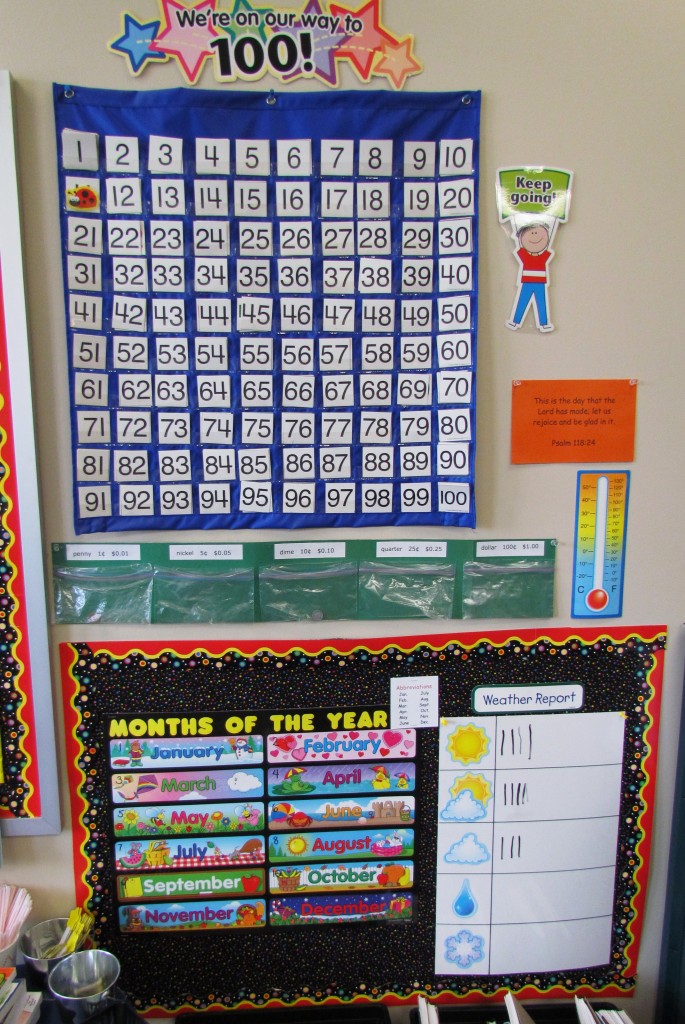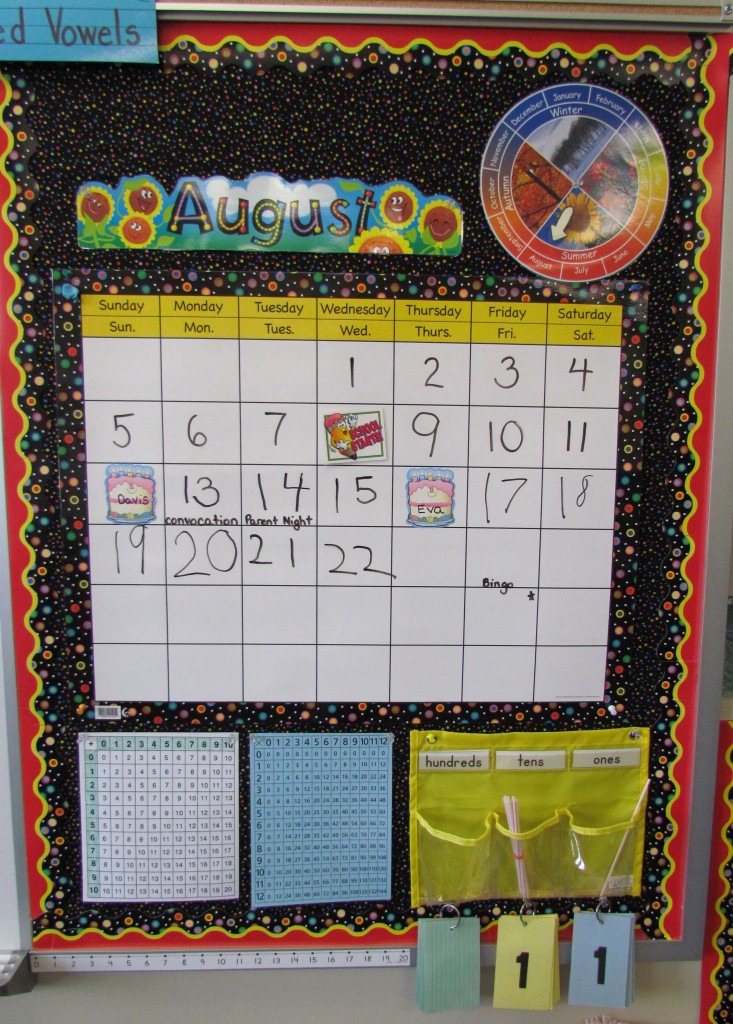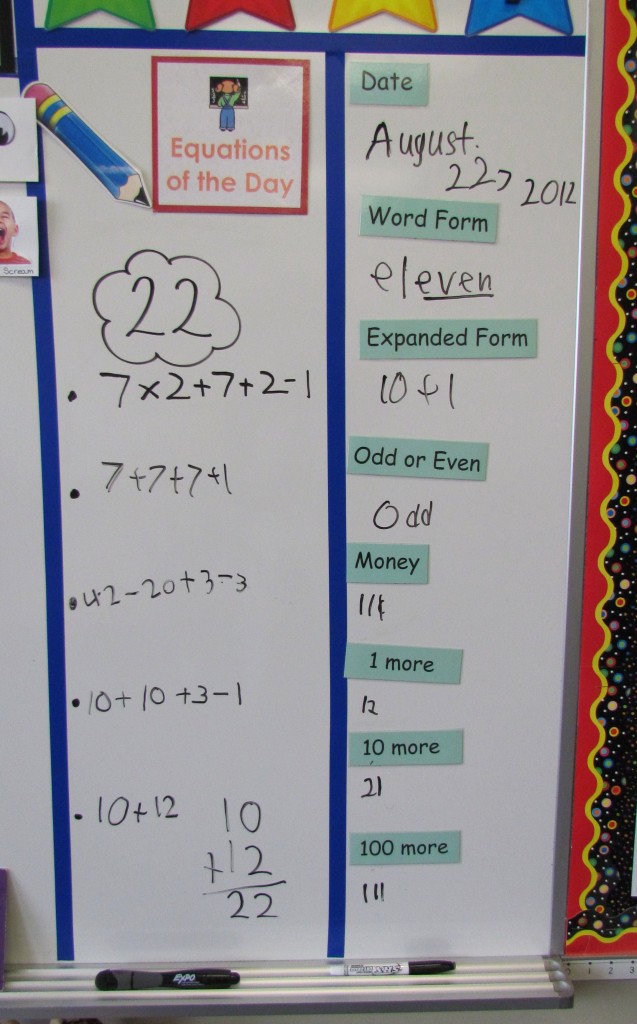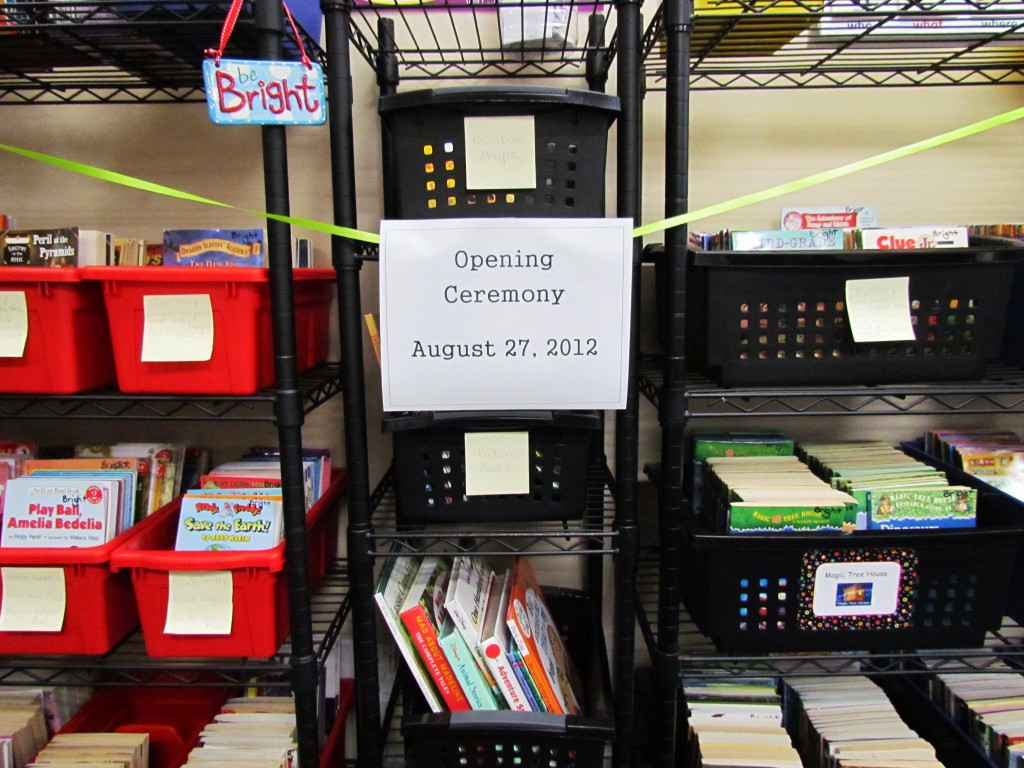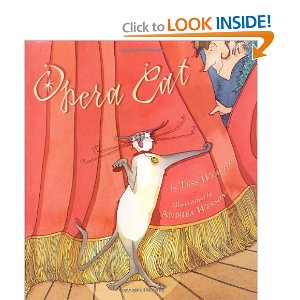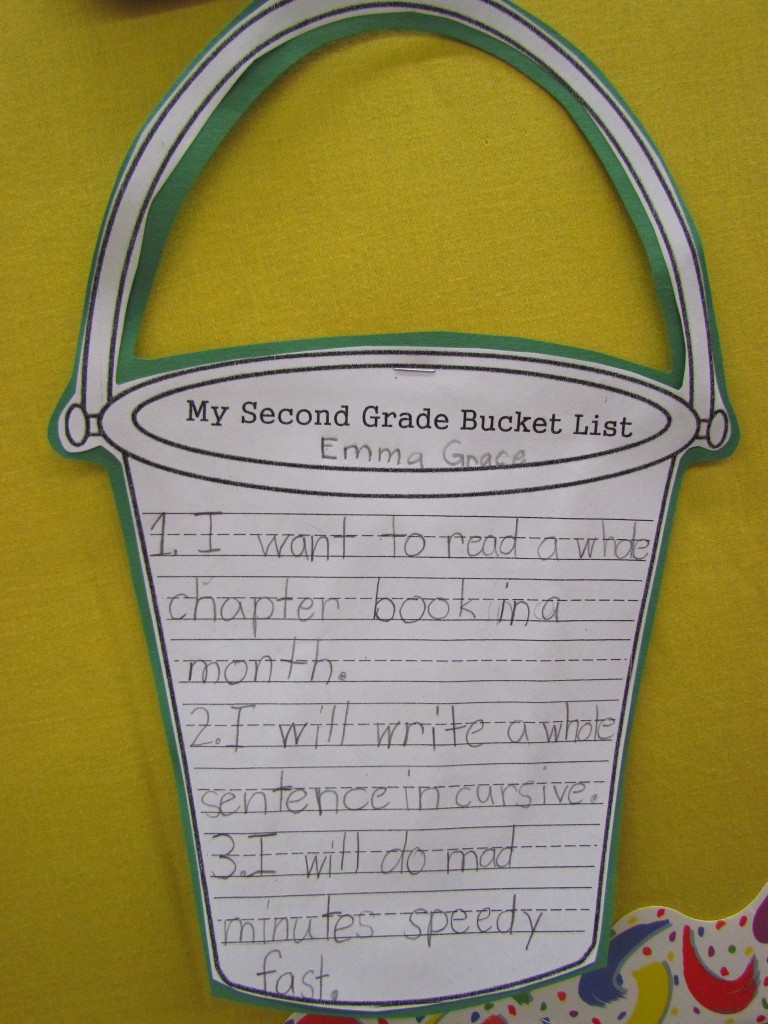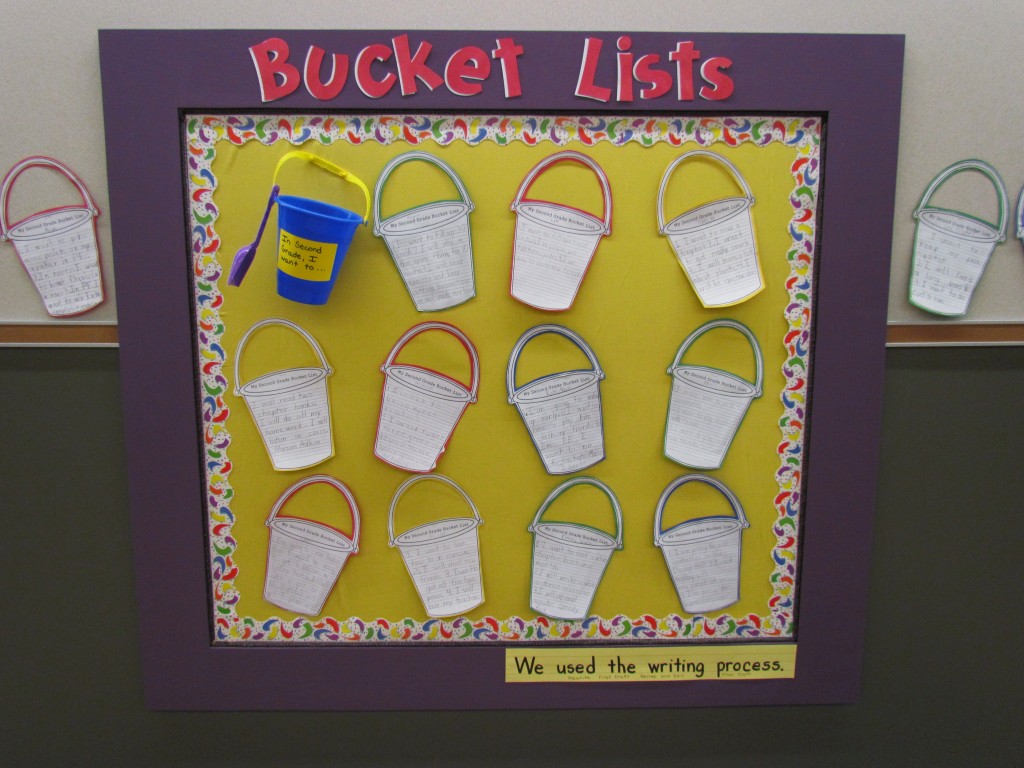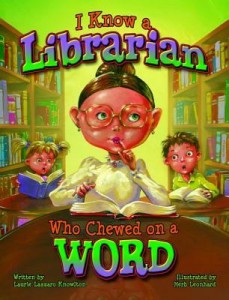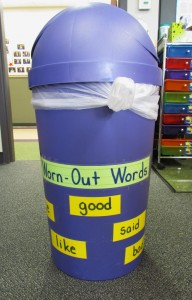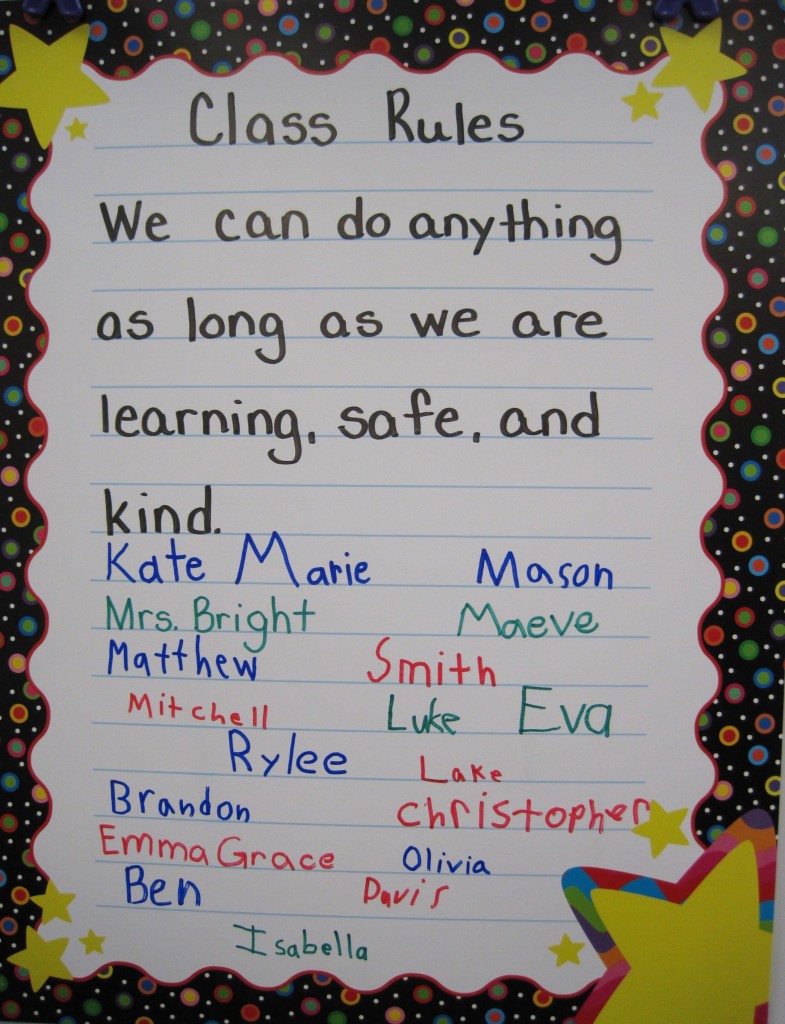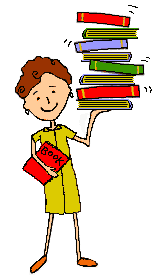Word Work
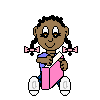 I will teach phonics skills and word patterns (chunks) to the children this year. Some children learn to read by identifying words automatically by sight and have good visual memory skills. These are often our early readers. As they grow older, these same children may run into difficulty when they run across multisyllabic words if they have not learned decoding skills. Although there are exceptions, most of the English words follow patterns. (Our language does contain foreign words that don’t always follow the “rules”.) Words that can’t be decoded are referred to as sight words or rule breakers. Our spelling words follow the patterns we are learning. Children will use these same skills when they encode or write.
I will teach phonics skills and word patterns (chunks) to the children this year. Some children learn to read by identifying words automatically by sight and have good visual memory skills. These are often our early readers. As they grow older, these same children may run into difficulty when they run across multisyllabic words if they have not learned decoding skills. Although there are exceptions, most of the English words follow patterns. (Our language does contain foreign words that don’t always follow the “rules”.) Words that can’t be decoded are referred to as sight words or rule breakers. Our spelling words follow the patterns we are learning. Children will use these same skills when they encode or write.
I want to give you the rules and patterns on which we are currently focusing or will be shortly. Many of you went to school when phonics wasn’t emphasized, so you may be learning along with your children!
Vowels
- The vowels are a, e, i, o, and u. They all have a short sound and a long sound. Y is a vowel if it makes an “e” (happy) or an “i ” (my) sound.
- All words contain a vowel. Some words are just a vowel – a and I.
- Every syllable contains a vowel. A vowel team (ie, ee, ea) counts as one vowel and a silent e does not count as a vowel.
CVC (Consonant Vowel Consonant) Words
- CVC words have a short vowel. Tap, sip, and cup are examples.
- Two CVC syllables can be combined to form a new word, such as basket, happen, and tablet.
- Doubling Rule: Double the last consonant when you add “ing” or “ed” to a CVC word- tapping or tapped.
CVCe (Silent e)
- When “e” is at the end of a CVC word, the vowel changes from short to long.
- A syllable at the end of a word with more than one syllable, may follow this pattern too. Examples are behave, hurricane, and rescue.
- Dropping Rule: When adding “ing” or “ed” to the end of a silent e word, drop the “e” before you add “ing” or “ed”. (baking or baked)
- Words don’t end with a “v”. If you hear a “v” at the end of a word, add an “e”. Examples of this rule are olive, carve, stove, give, have, love, and Maeve.
